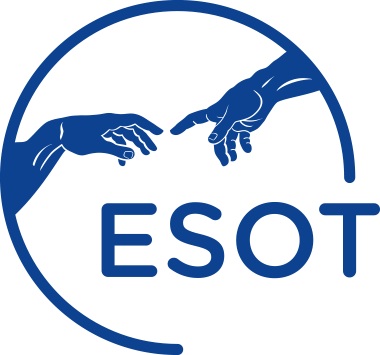- International Journal of Artificial Organs. 2000 Jan; 23(1):49-54.
- Abstract
- Pubmed Link
UNLABELLED: Photopheresis (ECP) is a new immunomodulatory therapy in which recipient lymphocytes are treated extracorporeally with 8-methoxypsoralen and ultraviolet light. The treatment seems to induce an inhibition of both humoral and cellular rejection after transplantation. OBJECTIVE: Since recurrent rejection (RR) continues to be a severe complication after heart transplantation (HTx) and the immunosuppressive regimes used for the treatment are often associated with increased morbidity and mortality, we investigated whether ECP could have a beneficial effect on the number and severity of rejection episodes. METHODS: Eleven HTX recipients (5 M and 6 F, mean age 48.5 yrs) with RR were enrolled in the study. ECP was performed at weekly intervals during the 1st month, at 2 week intervals during the 2nd and 3rd month, and then monthly for another 3 months. RESULTS: The fraction of biopsies (EMB) with a grade 0/1A rejection increased during ECP from 46% to 72% while the EMB showing a 3A/3B rejection decreased from 42% to 18%. It is also noteworthy that out of the 78 EMB performed during ECP only one showed a 3B rejection in comparison with 13 out of 110 EMB in the pre-ECP period. Six rejection relapses were observed in a total follow-up of 60 months, two of them occurring during the tapering of oral steroid. Four relapses were reversed by ECP, one by i.v. steroids and the last by methotrexate after the failure of both i.v. steroids and ECP. The mean doses of immunosuppressive drugs resulted lower after 6 months of ECP: steroids were reduced from 13 to 8.25 mg/day, cyclosporine from 375 to 285 mg/day, azathioprine from 55 to 35 mg/day. CONCLUSIONS: ECP is a well tolerated treatment. Its administration allows better RR control and significant reduction in immunosuppressive therapy.
BACKGROUND:
There is no standard definition for “HLA incompatible” transplants. For the first time, we systematically assessed how HLA incompatibility was defined in contemporary peer-reviewed publications and its prognostic implication to transplant outcomes.
METHODS:
We combined 2 independent searches of MEDLINE, EMBASE, and the Cochrane Library from 2015 to 2019. Content-expert reviewers screened for original research on outcomes of HLA-incompatible transplants (defined as allele or molecular mismatch and solid-phase or cell-based assays). We ascertained the completeness of reporting on a predefined set of variables assessing HLA incompatibility, therapies, and outcomes. Given significant heterogeneity, we conducted narrative synthesis and assessed risk of bias in studies examining the association between death-censored graft failure and HLA incompatibility.
RESULTS:
Of 6656 screened articles, 163 evaluated transplant outcomes by HLA incompatibility. Most articles reported on cytotoxic/flow T-cell crossmatches (n = 98). Molecular genotypes were reported for selected loci at the allele-group level. Sixteen articles reported on epitope compatibility. Pretransplant donor-specific HLA antibodies were often considered (n = 143); yet there was heterogeneity in sample handling, assay procedure, and incomplete reporting on donor-specific HLA antibodies assignment. Induction (n = 129) and maintenance immunosuppression (n = 140) were frequently mentioned but less so rejection treatment (n = 72) and desensitization (n = 70). Studies assessing death-censored graft failure risk by HLA incompatibility were vulnerable to bias in the participant, predictor, and analysis domains.
CONCLUSIONS:
Optimization of transplant outcomes and personalized care depends on accurate HLA compatibility assessment. Reporting on a standard set of variables will help assess generalizability of research, allow knowledge synthesis, and facilitate international collaboration in clinical trials.


